If I said to you "lawsuit guitar" what would come to mind? If I had to bet, I'd say you're thinking made-in-Japan, around the early '70s, and a copy of a Les Paul. Or maybe a Strat copy, or a Tele copy.
The key period was mid-'60s into the late '70s, and the big Japanese factories were churning out hundreds of these things for sale at home and around the world, with dozens of brand names, some clever, some kooky.
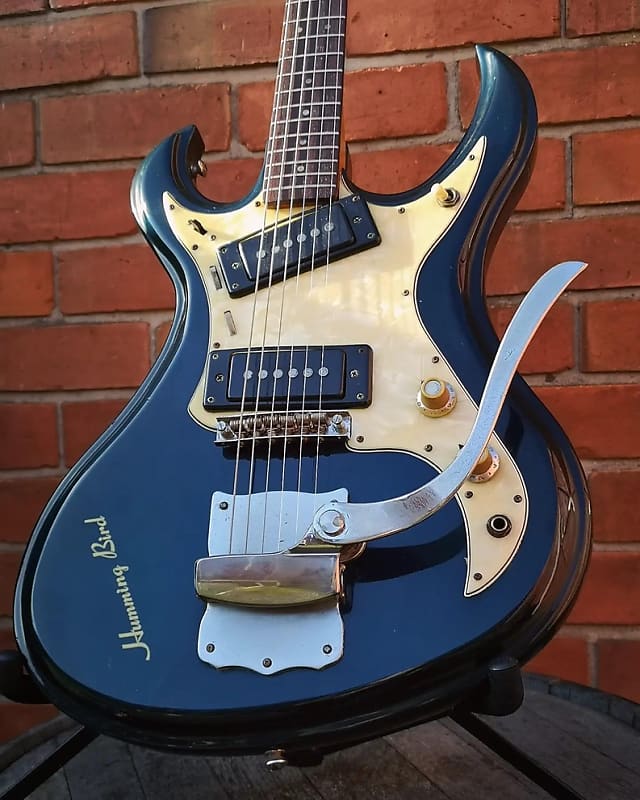
There were exceptions to this quest for copying, and we ought not to forget some of the magnificent originals that appeared from Japan at that time. Once you've seen or played or acquired a Teisco Del Rey Spectrum 5, an Idol PA-26, a Greco 950 Shrike, or a Tokai Humming Bird 200S, you'll never again think of "Japan" and "copy" in the same sentence.
Right now, however, we're going to set our sights at the electric guitars that lie somewhere between those remarkable original-design models and the everyday Lester and Strat facsimiles. Let's take a look and see what we can find out among some of the more unusual copies of this fascinating era of guitar history.
First, however, we need to understand the background to that word "lawsuit." The big two, Gibson and Fender, must have been… shall we say irritated by the continued and blatant copying of its designs.
Ibanez guitars were certainly among the most popular and most numerous in the land of lookalikes, and it seems safe to conclude that Ibanez copies were therefore probably among the most annoying to the Americans. When I wrote my book about Ibanez some years ago, one insider told me that they quite enjoyed taunting Gibson in particular at every opportunity.
It all got a bit too much. Gibson's boss, Chuck Schneider, wrote to his dealers in June 1977 explaining that the firm was starting legal action against Elger, the US distributor of Ibanez guitars, owned by Hoshino in Japan. He said the action was intended to "stop the Japanese exporter of Ibanez instruments and its distributor from importing and selling instruments similar in appearance to those manufactured by Gibson."
Schneider added: "We have previously taken steps to warn various suppliers to stop copying, and, after exhausting our patience, we have begun this legal action. We intend to use every available means to stop others from trading on the valuable assets of Gibson."
Gibson filed its complaint in federal court local to Elger in Philadelphia, claiming infringement by Elger of its headstock trademark. Elger did not want to go to court. It agreed to stop infringing Gibson's trademarked headstock design—which, in fact, Hoshino/Ibanez had already done. Also, Elger stopped using Gibson-like model names in its sales material. The out-of-court settlement saw Gibson's complaint closed in February 1978.
This very specific historical spat between the two companies has since provided us with the term "lawsuit," which is often used loosely to describe almost any Japanese guitar from the '50s to the '70s.
I suppose if you want to be deadly accurate, you'd only use it to describe an Ibanez made between June 1977 and February 1978. But who wants to be accurate? After all, "lawsuit era" sounds much more dramatic and commercially appealing than "'60s and '70s made-in-Japan period," now doesn't it? Anyway, let's get back to some of the more interesting copies of the, er, lawsuit era.

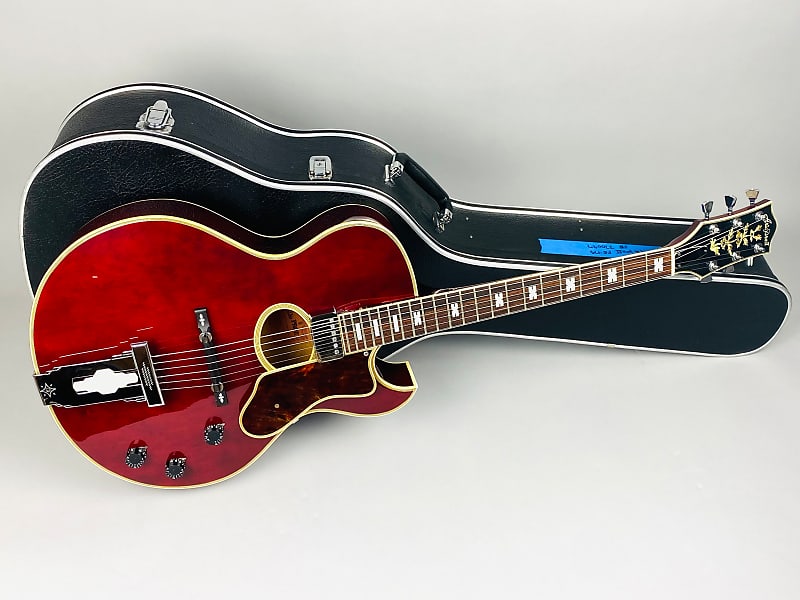

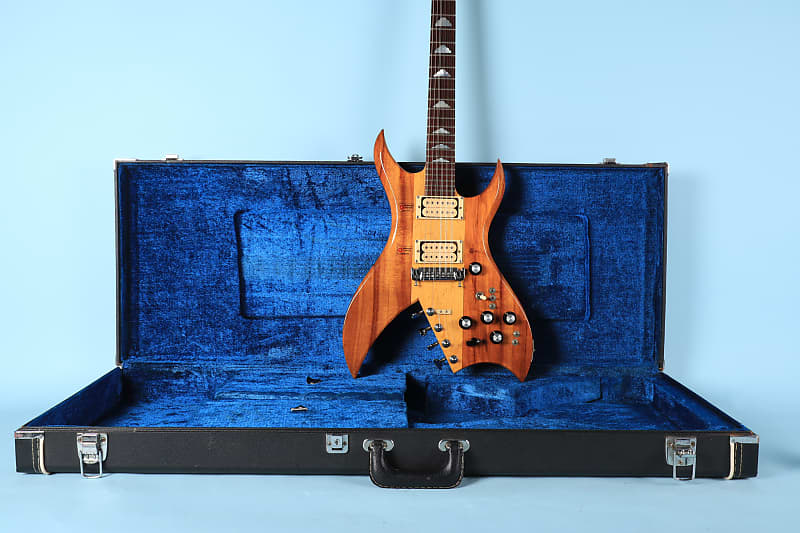
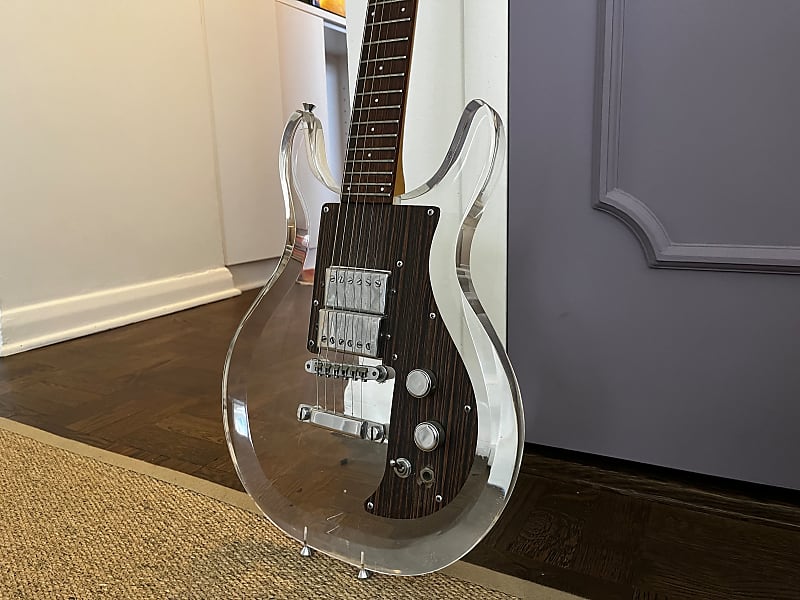



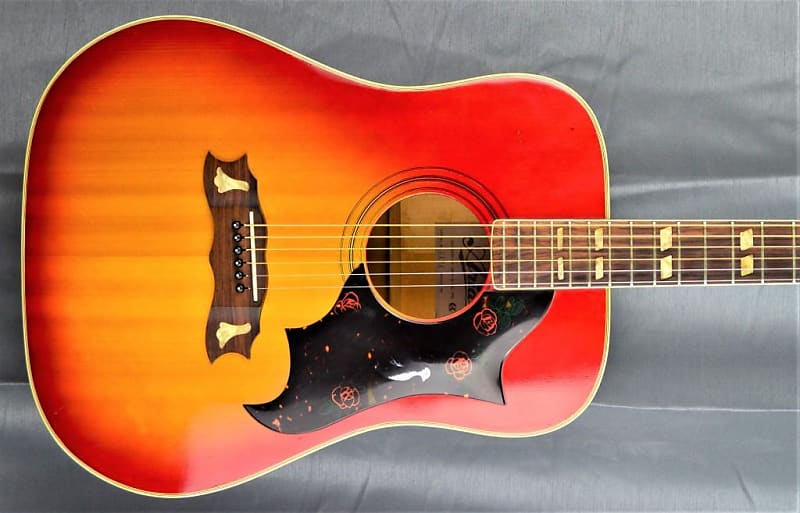
Attractive Claims
Check out the copies produced by Japanese makers back in the day, and you'll be spoilt for choice among the big-hitting models. And while we're talking Ibanez, by 1976 its US pricelist groaned under the weight of almost two dozen Les Paul variations.
The cheapest included Ibanez's bestselling bolt-neck $260 Les Custom 2350, through the $299.50 Les Deluxe 59'er 2340 in sunburst and the $340 Sunlight Special 2342IV. The most expensive was the set-neck version of the 2350, the $495 2650CS Solid Body DX.
That same year, Gibson's regular line of five Les Paul solidbody models ranged from the $599 Les Paul Deluxe to the $739 Les Paul Custom. It's easy to see the attraction of the Japanese guitars at the time.
Beyond the Les Pauls and the equally numerous Stratocaster and Telecaster imitations, however, the guitarist of the day might have wandered into the dustier corners of the local store and happened upon some more exotic delights.
Early copies that appear to us today as eccentric choices make more sense when you consider the context of the time. There were plenty of Japanese guitars that drew on the unique "flipped-over" body style that originated with the US-made Mosrite brand—but why so many? The answer is that Mosrite introduced a Ventures model in 1963, and that The Ventures became huge stars in Japan when they toured there the following year.
Not so difficult to work out is the sweeping popularity around the same time of copies of Beatles-related guitars, including truckloads of violin bass imitations.
Vox was a brand used by the British company Jennings Musical industries (JMI) and most associated now with its great amplifiers. But also there were Vox guitars, and a striking bunch they were, too—not least the Phantom models, with their five-sided bodies, introduced in 1961, and the teardrop-shape Mark models, launched three years later.
It was the teardrops that provoked most interest among Japanese makers, especially Vox's hollow electric Mark VI Acoustic and Starstream, each with a slash-style soundhole. Honey, a sort of sub-brand of Teisco, made a two-pickup version of Vox's Acoustic, the Beat Sound, and Kawai offered a similar model, too, the MS-170, alongside a solidbody teardrop, the PM-2V, that recalled Vox's regular Mark VI.
Unsurprisingly, it seems that no one tried to copy Vox's Phantom-shape Guitar Organ, which somewhat precariously connected contacts in each fret to a built-in Vox organ.
There are vintage, MIJ copies of even the strangest '70s guitars—you just have to know where to look. Follow these links to add these brands and filtered searches to your personal Reverb Feed:
Ampeg first sold its Dan Armstrong See-Through models in 1969, and they were the first commercial solidbody electrics with clear plastic bodies, carved from blocks of transparent Lucite acrylic plastic. They didn't last long, not helped by a relatively expensive manufacturing process and erratic tuning stability. But that didn't stop a few Japan-made brands picking up on the trend and running with it for a while.
Conrad was a brand used by the Chicago wholesaler David Wexler & Co, and the firm's 1973 catalogue showed two Conrad Bumper models that drew inspiration from Ampeg's original. The 40223 guitar and 40224 bass copied the slim 24-fret neck for the guitar, the clear acrylic body, and the woodgrain pickguard, but unlike the Ampeg guitar's interchangeable pickups, the Conrad had conventional fixed units.
You might well come across similar See-Through copies from this period, only with different brandnames on the headstock—Greco, say, or Ventura, or Aria. This can be confusing, but it's one of the features of Japan's export business during this period.
Wide Berth of Brand Names
Simply put, the system worked like this. Japanese companies manufactured guitars and then, apart from models sold at home, they exported the instruments to wholesalers in Europe, the United States, Australia, and elsewhere. Those wholesalers usually opted to have their own brand names applied to the instruments. This meant nearly identical instruments would be sold in various locations with completely different brands on them.
Those Japanese manufacturers included Teisco, Moridaira, Fujigen, Matsumoku, and Kawai. Let's briefly consider Teisco as an example. It was one of the biggest and, like the rest, produced instruments for a large number of overseas customers, as well as developing models at home with its own brand.
Teisco was established in Tokyo in the '40s, and by the '60s its instruments were turning up around the world with local brand names such as Audition, Gemtone, Jedson, Kent, Kingston, Mellowtone, Norma, and Top Twenty, as well as Teisco and—from 1965 in the US—Teisco Del Rey.
So why not be adventurous among all these possibilities, not only from Teisco but from many other sources? It's not all Les Pauls and SGs, Teles and Firebirds, P-Basses and Strats in the vast and sometimes puzzling world of Japanese copies of the… oh go on then, I'll say it again… of the lawsuit era.
You might still decide not to go too far off piste, perhaps with a Greco copy of a Les Paul Recording or a Fresher duplicate of a Competition Mustang. If you're more of a hollowbody fan, why not seek an Encore II take on a Gibson Barney Kessel, or Honda's impression of a Fender Coronado? And then there's the Mann brand's interpretation of Alembic's through-neck vibe, or the Gibson copy that Electra rather creatively called the Flying Wedge model.
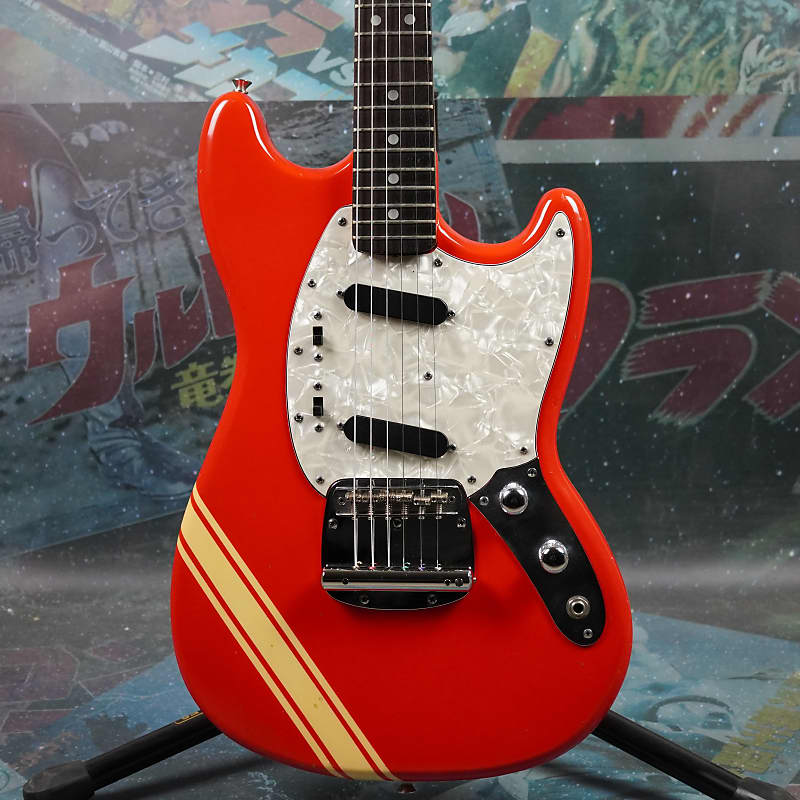
And to end, my own two favorites. Well, this week's faves, at any rate. First is from H.S.Anderson, the HS-A3 model of the early '70s. It's a Gibson Explorer copy. So what? Well, it has a split-headstock, of the style seen only on a few alleged semi-prototypes of the original Gibson, and also in the company's sketchy 1958 patent drawing. So it may be safe to draw some conclusions about the source of the information that inspired this unusual copy.
My second fave is an Ibanez copy of a Gibson double-neck. Again: so what? OK, I'm going to get specific. Ibanez introduced a line of these in 1974. Gibson had built its SG-style originals only to special order but dropped them altogether in 1968.
The Ibanez line consisted of three models. If there is such a thing as a ho-hum double-neck, then the first two qualify: a six-string and 12-string, model 2402, and a six-string and bass, model 2404. So far, so Gibson.
But here's the piece de resistance. Or piece of something, anyway. Model 2406 boasted two six-string necks. That's correct, two six-strings on one body. Gibson had never made such a thing, wisely. Ibanez had other ideas. This guitar, it enthused, would be good to have to hand in "open-tuning slide guitar and standard tuning". What's not to like?
About the Author: Tony Bacon writes about musical instruments, musicians, and music. His books include Legendary Guitars and The Ibanez Electric Guitar Book. Tony lives in Bristol, England. More info at tonybacon.co.uk.
